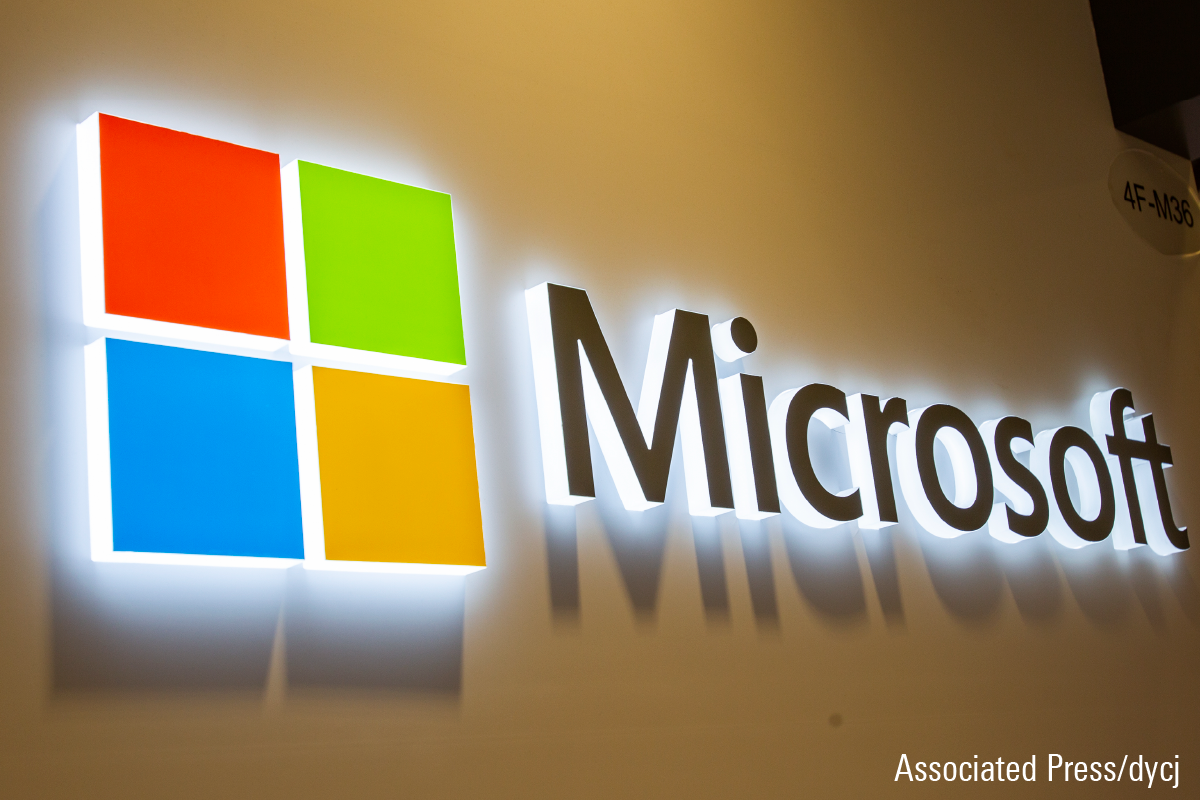
Key Morningstar Metrics for Microsoft
• Fair Value Estimate: $490
• Morningstar Rating: ★★★★
• Morningstar Economic Moat Rating: Wide
• Morningstar Uncertainty Rating: Medium
What We Thought of Microsoft’s Earnings
We are maintaining our fair value estimate for wide-moat Microsoft at $490 per share after the firm reported good results but offered guidance that is mixed versus our expectations. The outlook generally offsets quarterly strength, which holds our fair value in check. Performance looks good from any angle, with impressive artificial intelligence demand and monetization. With shares down slightly after hours following a recent pullback, we see the stock as attractive, and we think accelerating Azure revenue will propel the stock upward over the next year.
We see results reinforcing our long-term thesis, which centers on the proliferation of hybrid cloud environments and Azure. The firm continues to use its on-premises dominance to allow clients to move to the cloud at their own pace. We center our growth assumptions around Azure, Microsoft 365 E5 migration, and traction with the Power Platform for long-term value creation. AI is also quickly supplementing growth, which we see as another secular driver.
For the September quarter, revenue increased 16% year over year to $65.59 billion, compared with the high end of guidance of $64.80 billion. Relative to the year-ago period, productivity and business processes rose 13% in constant currency, intelligent cloud grew 21%, and more personal computing expanded 17%. Activision added $1.69 billion, or 3 points of growth, to revenue. Compared with guidance, both PBP and MPC came in above the high end, while IC was at the high end, indicating performance relative to our model. Good sales execution and sales mix toward software, away from hardware, supported margins.
In our view, near-term demand indicators are positive. Commercial bookings grew 23% year over year in constant currency based on ongoing strength in large Azure deals, while remaining performance obligations increased 21% year over year to $259 billion. Renewals also remain strong, which we think is partly driven by high interest in AI and consistently good execution.
AI Services Boost Azure
Intelligent cloud performance remains the key pillar of the investment case, in our view, and it performed well this quarter. Microsoft cloud revenue increased 22% to $38.9 billion. Azure remains the key driver, growing 34% in constant currency, compared with guidance of 33%. While Azure remains capacity-constrained, the upside was driven by accounting effects, which would leave results in line with guidance. AI services contributed 12 points of growth within Azure, which supports one of our key AI thesis points, which is that the benefits of generative AI are disproportionately accruing to large public cloud vendors like Microsoft. We were pleased to see several notable large commitments for Microsoft 365 Copilots. Microsoft noted that the company will surpass $10 billion in ARR from AI services during the second quarter, rendering it the fastest product to hit that milestone.
In PBP, office and dynamics continue to power performance and drove solid results. Overall, the segment revenue was up 13% year over year in constant currency. Microsoft 365 Commercial Cloud grew 16% year over year in constant currency, while Dynamics 365 was up 19%, and LinkedIn was up 9%. Overall, small and medium businesses, along with front-line workers performed reasonably well but pressured pricing, while Copilot add-ons helped support per-seat pricing.
Strength in Gaming
MPC performed well, with notable strength in search and news advertising, which grew 19% year over year in constant currency. Segment revenue grew 17% year over year in constant currency to $13.18 billion. The Activision acquisition closed in early October last year, so the year-over-year distortion should ease meaningfully next quarter. That said, Activision accounted for 15 points of segment growth—so nearly all of it. Management cited a variety of positive indicators regarding gaming, with record revenue for Gamepass, high engagement, and strong retention despite a recent price increase.
Microsoft’s ability to deliver on margins despite surging investments in Azure, a persistent headwind from the Activision acquisition, and accounting changes for server depreciation is impressive. This portends strong margins throughout the medium term as those elements ease. GAAP operating margin was 46.6%, compared with 47.6% last year and the midpoint of guidance at 45.1%, with relative strength driven by continued careful cost management and favorable product mix. Regarding mix, Xbox and Surface revenue was diminished, while Server, Windows, Azure, and other software solutions were strong.
Second-quarter guidance is likely to be the only point of contention investors will find, as the revenue midpoint is $1.3 billion shy of FactSet consensus estimates, with operating margin slightly better and EPS slightly light. The outlook for the December quarter calls for revenue of $68.1 billion to $69.1 billion and an implied operating margin of approximately 44.0% at the midpoint. Microsoft expects Azure to grow 31% to 32% year over year in the second quarter, which is impressive, but despite modest delays, it is still expected to accelerate starting in the third quarter as more meaningful capacity additions come online.
Capital expenditures are expected to be up again in fiscal 2025. On this point, management indicated that capex was overwhelmingly related to Azure this quarter, and approximately 50% of capex was for long-term assets, such as land and buildings, while 50% was for equipment, including servers and network gear. Microsoft is building to demand signals and can pull back on the equipment side of the equation in relatively short order should demand materialize more slowly than expected. Given early demand signals, good AI revenue traction, and the massive success of similar Azure investments more than a decade ago, we believe these investments will pay off for the company and investors.
The author or authors do not own shares in any securities mentioned in this article. Find out about Morningstar's editorial policies.
























